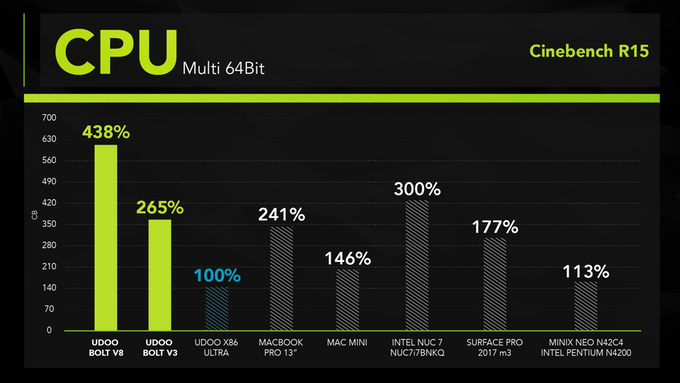People have long wondered if one of Amazon’s goals in video and advertising — two key areas in Amazon’s media strategy — ultimately would be to bring the two together, with Amazon-powered ads running in video streams also served by Amazon. A job ad in the UK appears to indicate that the company might be gearing up for such a play. According to the ad, company is currently hiring for someone to lead its efforts in free-to-air TV and advertising in Europe.
Free-to-air TV refers to the range of ad-supported (or TV license-supported) TV channels that you can access through a digital TV tuner, satellite or cable without paying anything to receive them.
The advertisement for the job when it was posted four weeks ago was titled, “Head of Free to Air TV & Advertising.” Yesterday, after people started noticing it (and what it implied about Amazon’s plans) Amazon appeared to change it to a slightly more muddled “Head of Prime Video Channels Free To Air TV & Advertising TV Partner Channels.” Then this morning, as we started asking questions, the title appeared to change again, to “Head of Prime Video Partner Channels” — without any reference to free-to-view or advertising. All the ads had the same job ID number.
“Channels have launched in US, UK and Germany and this is a new and fast-growing area within Prime Video,” the advertisement reads. “As part of this expansion we are seeking a senior leader to join the European Channels & Sports team, based in London. This individual will be responsible for widening the content range with the development of free and advertising-funded channels.”
The job ad notes that the responsibilities will include developing Prime Video’s European strategy for free-to-air and advertising-funded channels; collaborating with global peers; and working with major broadcasters across Europe, “translating their requirements into Amazon capabilities and execution for our customers.”
The person will also work with various internal teams — product, tech, ad sales, marketing, finance, operations — “and act as internal champion for free-to-air and advertising funded content.”
This is notable because currently it appears that Amazon does not have any free-to-air channels on its UK service (and an Amazon spokesperson would not directly answer me on this point and declined to provide a comment on the record for this story), and it’s also gearing up to have some free significant sports content on its platform, in the form of Premier League football matches.
Amazon’s current Prime Video offerings in the UK include films and TV shows it picks up by way of licensing deals with third parties; Amazon original content; and a selection of livestreamed broadcast channels (which include HBO, Showtime and Starz for now, Discovery and Eurosport in the UK, as part of Amazon Channels, launched in March 2017). We’ve also heard it has been eyeing up buying at least one commerce-minded broadcaster outright. Globally, Prime Video is live in 200 countries worldwide.
But as with its TV streams in the US, the TV streams in the Channels list are focused on premium subscriptions, where users have to pay extra fees, on top of their Prime subscriptions, to get the extra channels.
Offering free-to-air would be a significant move for the company not only because it would be “free”, but because it would represent a large jumpstart on the amount of content that Amazon presents to its users. Bringing in what are essentially table stakes in TV services, a large range of free channels could be another way of attracting more would-be cord cutters to switch over to Amazon for all of their video and TV interests, rather than using Amazon’s video offerings as a supplement to a core service from another provider.
And that, in turn, could become one more sweetener — alongside the other free video services, the free shipping, and many other perks — for people to pony up for the Prime annual subscription.
Amazon has never disclosed figures for how many viewers it has for its video service, in the UK or elsewhere, but a document leaked earlier this year that said it had 26 million viewers of its video content in early 2017. The company is estimated to be putting $5 billion per year into original content production and licensing content to drive more audience to its platforms, which it ties to its ultimate drive for more shopping on Amazon.
“When we win a Golden Globe, it helps us sell more shoes,” CEO Jeff Bezos has been quoted as saying.
That strategy is also playing out in the UK, where Amazon recently won the rights to stream 20 Premier League football matches in the 2019/2020 season — which it will show to viewers at no extra charge, another twist on the “free to view.”
Amazon has not disclosed the price it paid, but as a point of comparison BT is paying £975 million for 52 live games a season for three years, while Sky is paying £3.75 billion for 128 live games.
Ramping up the amount of streamed, free content on Amazon’s platform will pave the way for the other part of the job Amazon is seeking to fill: advertising.
Currently, Amazon does not sell ads into any of the live streamed channels on its platform although some of them do run ads. However, if Amazon were to scale up the advertising opportunity by way of popular sports content and a wider range of free-to-air channels, suddenly the idea of creating its own TV-based ad network to inject ads into those various streams might be a little more compelling both to Amazon and would-be advertisers.
In the US, Amazon has dipped its toes in the waters by running ads during broadcasts of NFL games it had acquired the rights to broadcast — although by one account advertisers were paying up to $1 million less than Amazon had hoped they would for their packages.
Amazon has been quite gradual in building out its ads business. The company made $4 billion in advertising revenues in 2017, from a variety of services that range from native ads across third-party websites, through to banners on top of the Fire TV landing page and display units that run on Kindle devices. Its ad business is projected to make $9.5 billion in 2018. Relatively speaking, this is still modest in comparison to Google, which made $95 billion in advertising revenues in 2017.
But while Amazon slowly grows its ads business, it’s also chopping and changing, and it appears that one aim is to focus more on opportunities that speak to more scale for the business overall.
Just last week, we reported that Amazon quietly announced that it would be retiring an ad unit called CPM Ads, one of its earlier efforts in building a display network, which was aimed at smaller websites that were a part of its Associates program.





 Above: PlayStation Vue’s current prices,
Above: PlayStation Vue’s current prices,